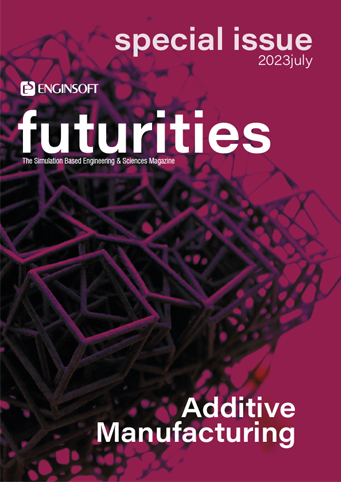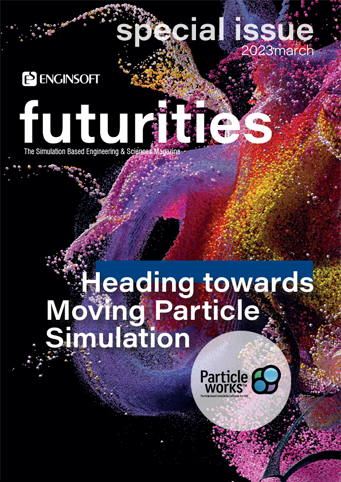CURRENT ISSUE
Year 22 n. 2 Summer 2025
In this second edition of Futurities 2025, the Spotlight highlights the critical topic of dimensioning and tolerancing. This subject has gained heightened importance amid today’s intense global competition, fluctuating tariffs, rising costs, and the broader geopolitical challenges disrupting material and component supply chains. In a landscape where many factors lie beyond our control, it is both practical and strategic to concentrate on the aspects we can influence—particularly those that significantly affect cost, manufacturability, and functional performance. This is precisely where Geometric Dimensioning and Tolerancing (GD&T) proves invaluable.
There is also a rich and varied selection of contributions published in the other sections of the magazine.
Enjoy reading!
Download the current and the past issues


